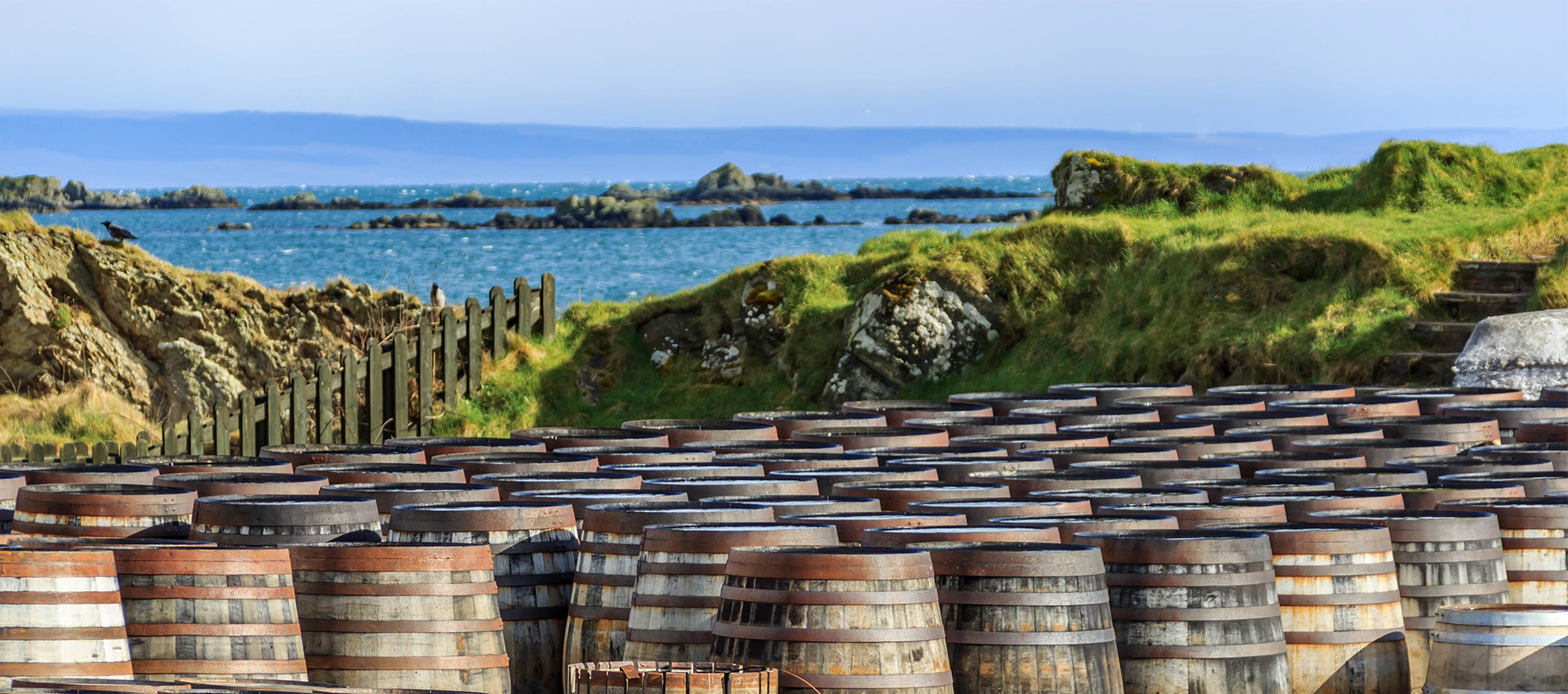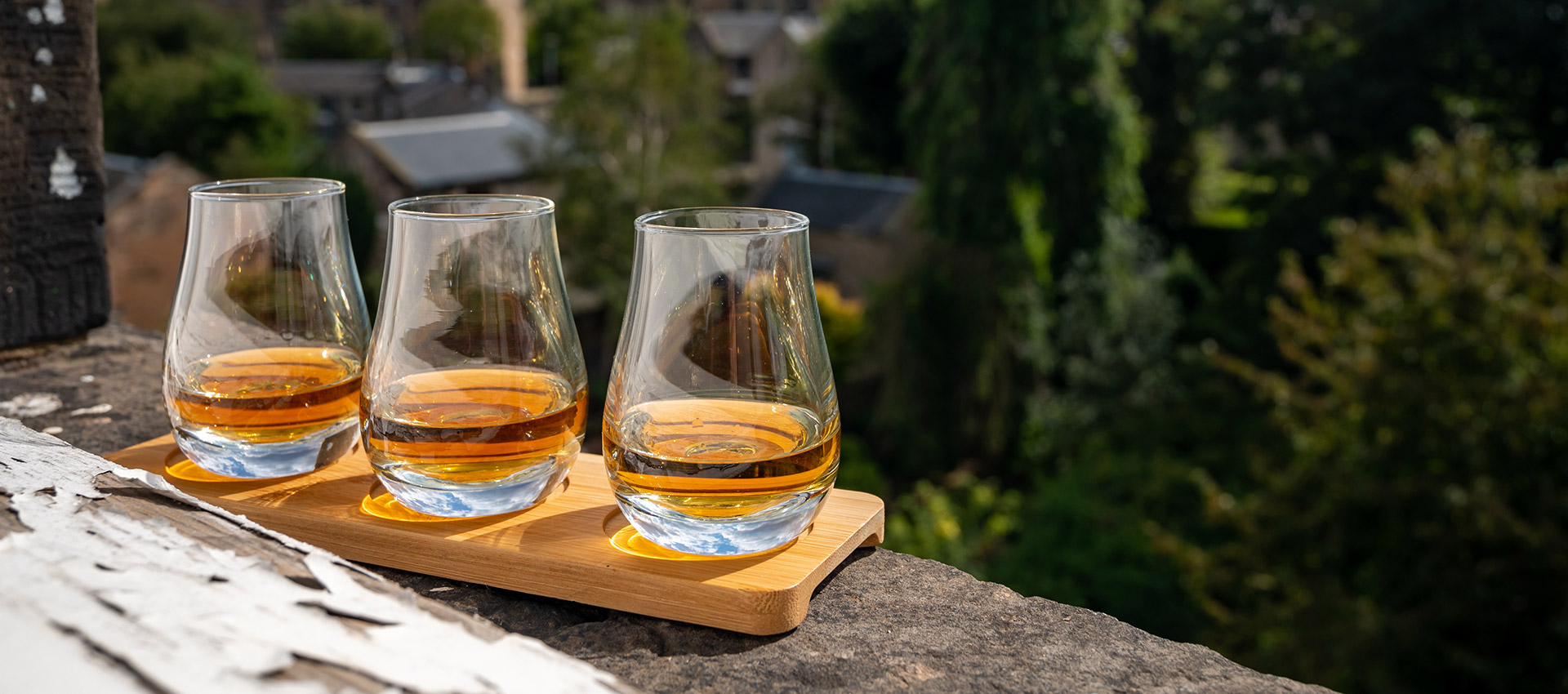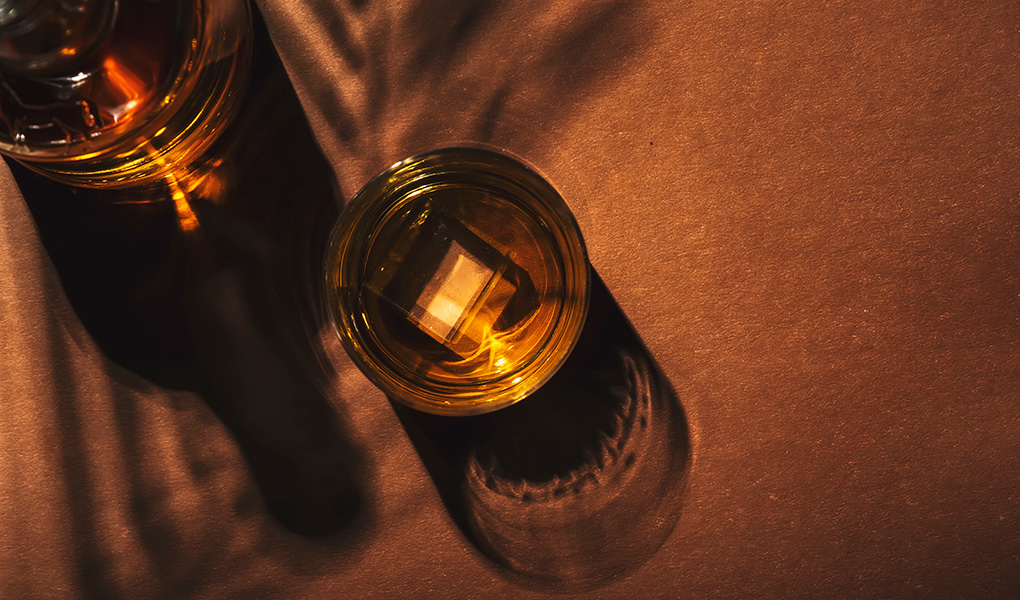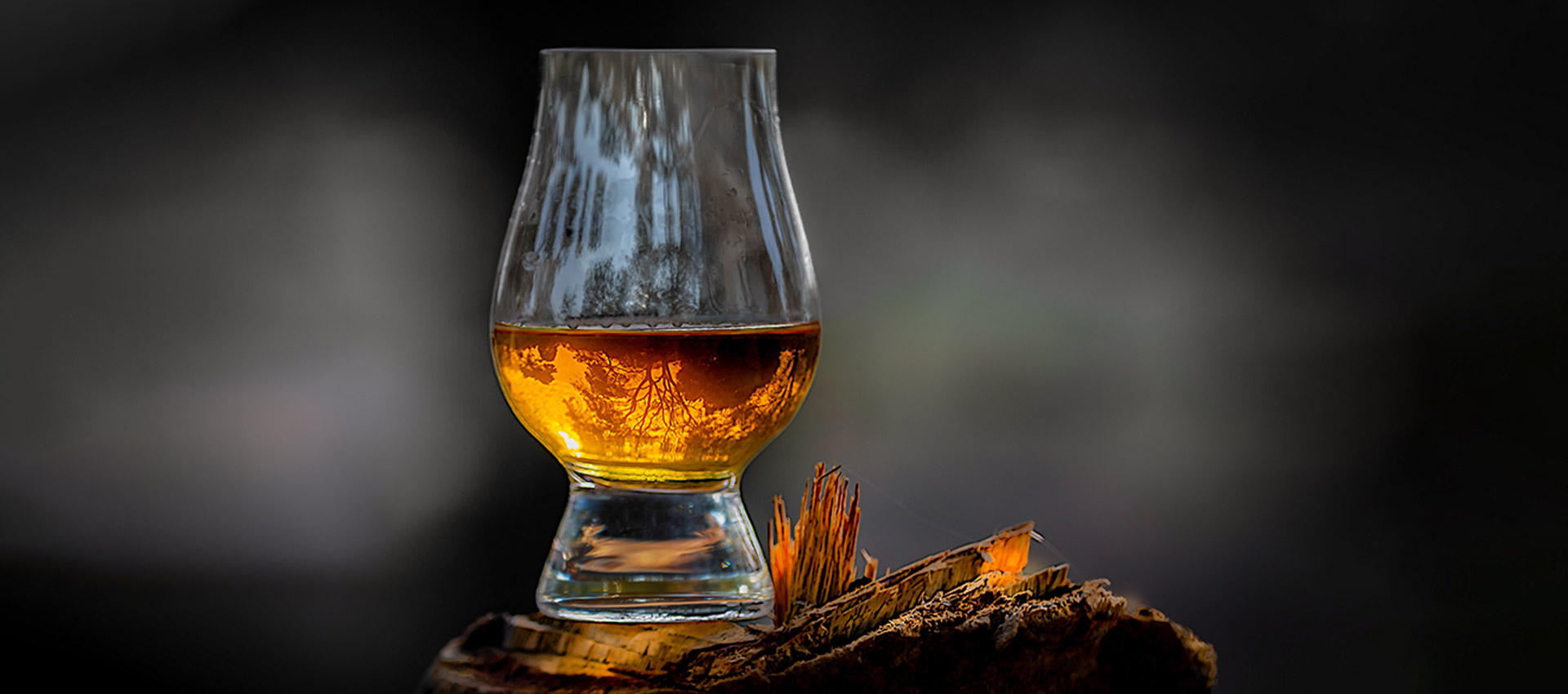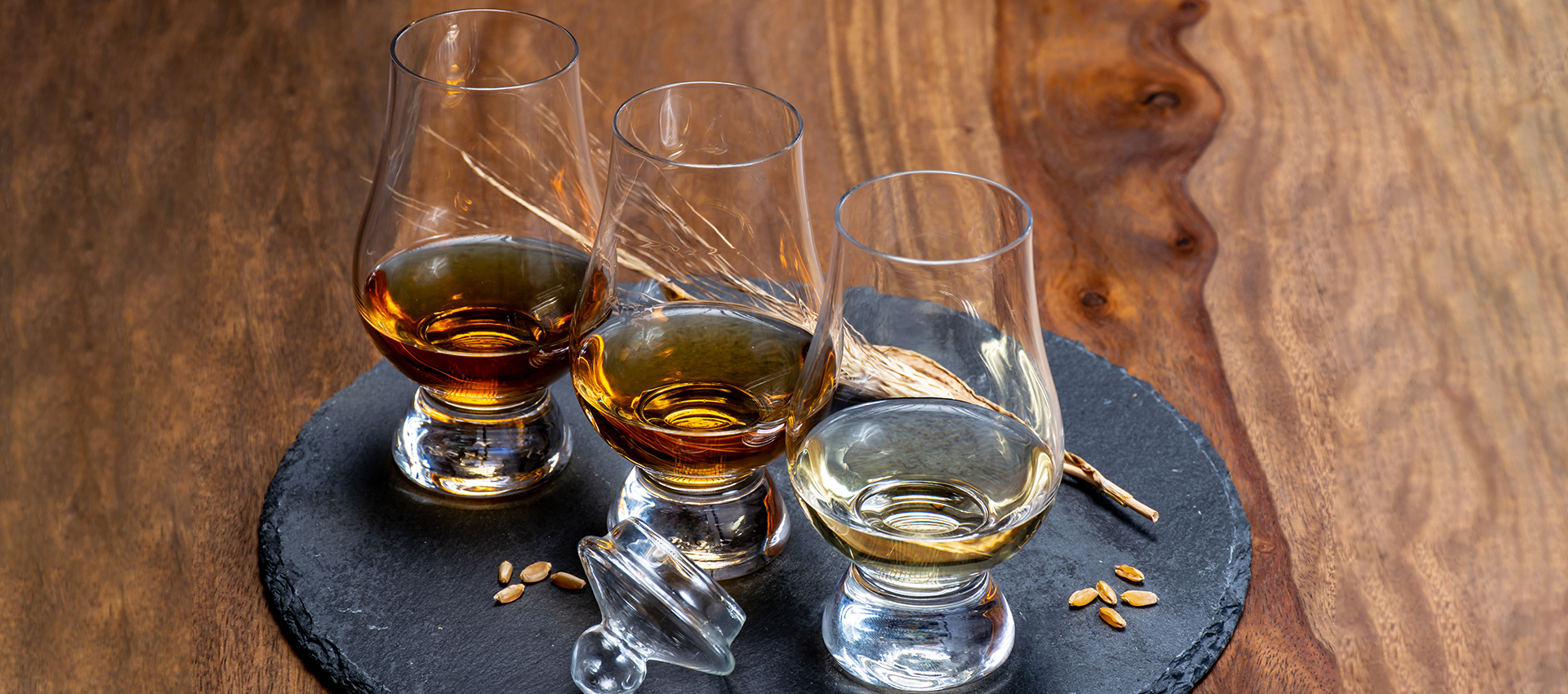CATEGORIES
Scotch whisky is divided into five types*.
- Single Malt Scotch Whisky
- Single Grain Scotch Whisky
- Blended Malt Scotch Whisky
- Blended Grain Scotch Whisky
- Blended Scotch Whisky
PRODUCTION REGIONS
There are five regions* in Scotland that produces Scotch whisky.
1. Highlands
2. Lowlands
3. Campbeltown
4. Islay
5. Speyside
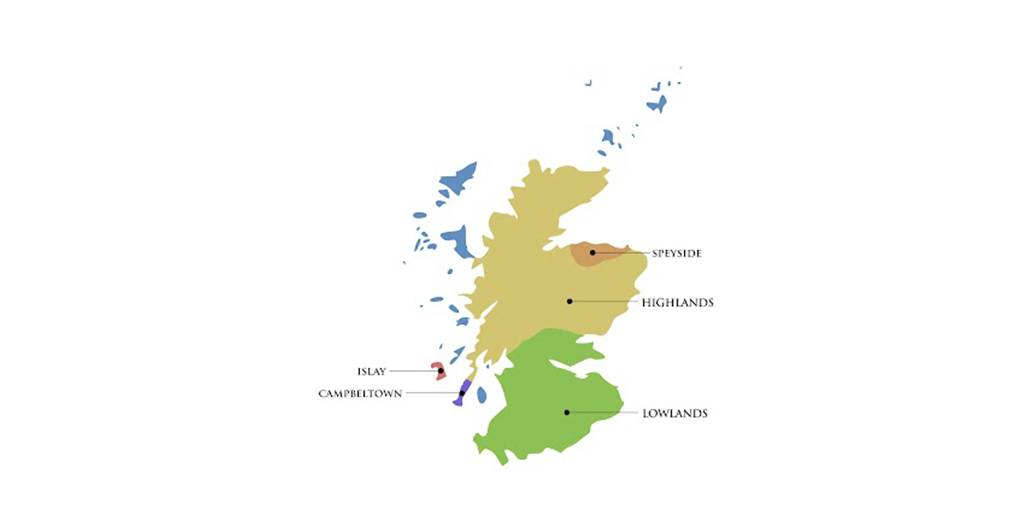
COMPOSITION
The main ingredients of Scotch whisky are water and barley or other cereal grains such as wheat and rye. Originally, only one type of cereal grain — malted barley was used to make Scotch whisky. From the 18th century, other cereal grains were introduced in the making process.
AGEING PROCESS
Scotch whisky must be aged for at least three years in Scotland. Generally, American white oak casks and sherry oak casks which have been previously used for ageing bourbon and wine are then used to make Scotch whisky. When mentioning the age statement, the minimum ageing years should be stated on the bottle of Scotch whisky.
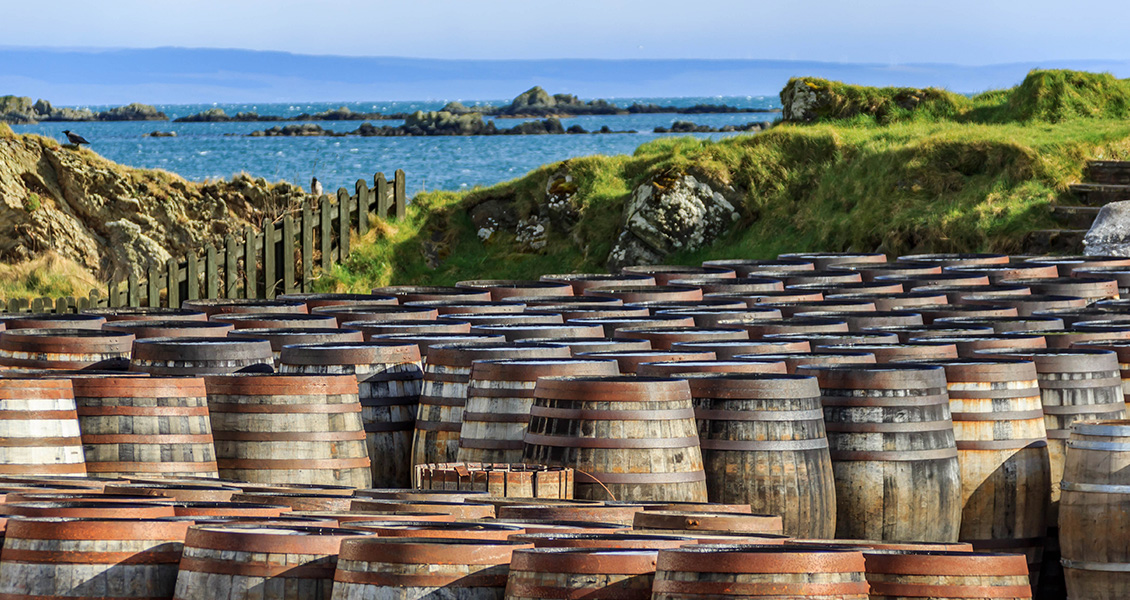
ADDITIVES & ALCOHOL BY VOLUME (ABV)
By law, the use of any additives in Scotch whisky, other than plain caramel colouring and water, is prohibited. The spirit must have a minimum alcoholic strength by volume of 40%.

